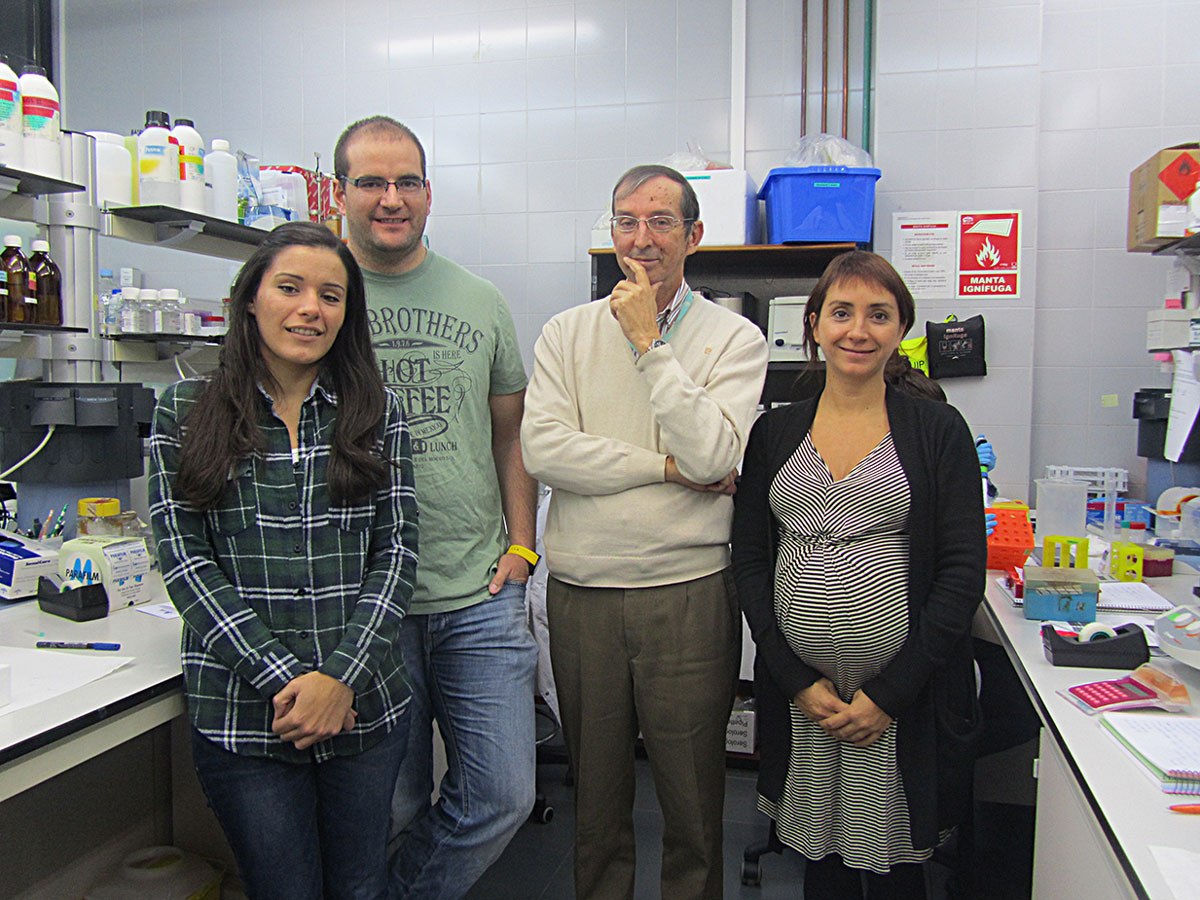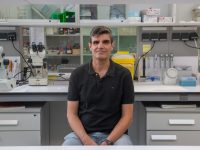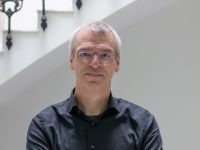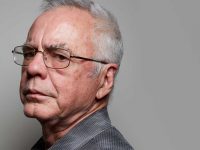
José Manuel García Verdugo is Professor of Cell Biology at the University of Valencia and has already been researching the enigmatic world of neurons for more than thirty years. However, García Verdugo has faced several challenges throughout his research career in the field of Neurogenesis. One of these challenges was accepting the existence of neural stem cells by the scientific community, a theory that represented a breakup from traditional neuroscientific thought, which claimed that there wasn’t a production of neurons after birth. After years working with renowned Mexican researcher Arturo Álvarez-Buylla, García Verdugo and his Comparative Neurobiology group have managed to continue at the head of research in the field of science and bringing down other traditional principles.
«Breaking up with a traditional hypothesis of Neuroscience». One just does not get such a headline every day.
José Manuel García Verdugo: For some years now, our group actively participated in the confirmation of the existence of Neurogenesis in the adult brain. Traditional neuroscience stated that there was no neurogenesis after birth, so we brought enough information to the table in order to show that there is a production of new brain cells after birth. In addition, we took another step further: We identified the stem cell responsible for this neurogenesis in the subventricular zone and the dentate gyrus of the hippocampus.
Sara Gil-Perotín: The fact that there is production of new neurons in the adult brain is very important because it has been shown that the depletion of neurons has a direct involvement in the development of some brain diseases that affect our society.
Sara Gil-Perotín: «We are working on a project to conduct stem cells to areas damaged by an infarction through magnetic fields»
J. M. García Verdugo: To understand the importance of this phenomenon, we have to imagine that the region in the brain which is responsible for memory and learning, the dentate gyrus of the hippocampus, is like a microchip that behaves as a gateway of information. The huge mass occupying the surface of the brain, the cerebral cortex, acts as a hard disk and records and processes the information received. In fact, our learning ability is partially based on the addition of new neurons, while these neurons are simultaneously dependent on the stem cells located in the brain. The problem, however, comes when these stem cells are depleted. If this occurs, neurons cease to produce new cells that can replace those cells that are suffering deterioration. This neuronal degeneration leads to diseases such as Parkinson’s disease or Alzheimer’s. Instead, it has been shown that if we can keep neurons active, it can prevent or at least reduce the damage, and we won’t need stem cells in large numbers. And when I say «keep them active», I do not mean learning five languages and reading three books every day. A normal brain activity, such as the farmer who plants tomatoes and reflects on the best way to do it, is enough to prevent the neurons from dying.
If I am not mistaken, you are in the process of bringing down another pillar of traditional neuroscience. What is sustaining it?
Vicente Herranz: There is an excess of neurons during embryonic development. These cells establish synaptic connections between them, while those neurons that fail to establish contact with others end up disappearing. Up till now, we had thought that this scheduled death was caused by signals received from other neurons. But our article has shown that this scheduled death is not dependent on external signals, but are intrinsic to the cell itself.
And how did you prove it?
V. Herranz: One of the experiments that we did to prove it consisted on transplanting neurons from one organism to another at a different age. The transplanted neurons died on their pertinent date in the original body, and not on the date that corresponded to them in the host organism. Therefore, it is deduced that it is an intrinsic sign the one that determines their death.
J. M. García Verdugo:On the other hand, we have also observed that regardless of the number of transplanted cells, the same percentage of cells always survives. And those who die always do it in a similar chronology. To some extent, this contradicts the traditional approach which said that when transplanting neurons, these neurons live more or less depending on the available spaces to interface.
Arantxa Cebrián: According to traditional theory, survival would depend on the establishment of synaptic connections. If a neuron was transplanted and had no place in the cerebral cortex, it would die. However, if a neuron was connected via a synapse, it would receive a number of factors that would protect it from a scheduled death.
Vicente Herranz: «After a cerebral infarction, the remaining neurons establish new connections and partially assume the functions of the missing neurons»
J. M. García Verdugo: So, those neurons that had enough room to connect and acquire survival factors would survive. The fact that it was always the same percentage of survivors, however, made us think that the death toll was not dependent on the number of spaces available. That is when we came to the conclusion that neurons determine their own destiny. We note that there are neurons that survive in «mutant scenarios», where we remove these protective factors, while, according to what was previously thought, they should have died out of receiving all these trophic factors.
You have named some brain diseases very present in our society. Does your research, besides contributing to base knowledge, have therapeutic applications?
S. Gil-Perotín: We try to combine the two facets. As a physician, I always intend our findings to have therapeutic applications. Not so long ago, for example, we received funding to collaborate with other Valencian and Catalan researchers in a project on the impact of cerebral infarction, and how we can conduct the migration of stem cell to affected areas through magnetic fields.
Do you use magnetic fields to direct cells?
S. Gil-Perotín: Yes. This is possible if we mark the cells with iron particles to direct them to the brain regions where there has been a loss of neurons. In addition, we have to observe them in this environment.
J. M. García Verdugo: When a stroke or a cerebral infarction happens, brain stem cells are activated to produce neurons, but they are sometimes unable to send enough troops to repair the damage.
S. Gil-Perotín: In fact, what usually happens is that neurons that remain alive reestablish connections in order to deal with the tasks that dead neurons used to do. However, cerebral skills are not necessarily fully recovered.
If I understood properly, if we lose a region of the brain, are the remaining cells those which try to take over the functions of the missing ones?
V. Herranz: Exactly. When you manage to walk or talk again after a stroke, it is precisely because of that: This is why new circuits have been established and other neurons have assumed the role of those who have been affected.
J. M. García Verdugo: The reason why it takes time for a person who has suffered a stroke to partially recover is because the microchip has taken some time to reestablish connections that were previously broken.
And what if the hippocampus, which is the microchip, is the affected area?
J. M. García Verdugo: Many brain diseases and dementia probably occur because the dentate gyrus of the hippocampus, the microchip, is affected and so it loses dimension or functionality. We know that Alzheimer’s patients have a very small dentate gyrus… Stem cells are depleted, they don’t produce neurons and the area is reduced until the microchip, even if the hard disk contains information, does not process it correctly.
A. Cebrián: This explains why people get up one morning and remember their childhood but do not remember what they ate the day before. Their hard drive stores information, but the microchip does not always connect it.





